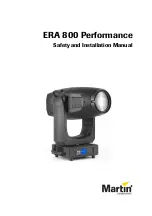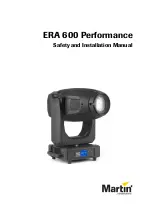
INSTRUCTION, USE AND
MAINTENANCE MANUAL
GB
Page 15 of 96
A
B
C
D
E
F
G
H
Fig. 10
7522-M004-1_B
NAV51.15 - NAV51T.15 - NAV51.15N
11.0 CONTROLS
11.1 Control device (valid for NAV51.15 and
NAV51T.15 models)
The control (handle control) (see
Fig. 10
) can be
moved according to the positioning necessities of the
operator.
The operator should place the control in a zone free
from obstacles in order to see clearly and completely
the operative zone.
MAKE SURE THERE ARE NO PER-
SONS OR OBJECTS HIDDEN TO
THE OPERATOR VISUAL FIELD
BY THE WHEEL SIDE PLAY (ESPE-
CIALLY IN CASE OF WHEELS WITH
LARGE DIMENSIONS).
The “lever
A
” has four maintained control operative
positions:
- Lever rightwards or leftwards: it operates respec-
tively tool rightwards or leftwards repositioning on
the carriage.
- Lever upwards or downwards: it respectively lowers
or lifts the tool holder arm.
“Lever
B
” has four maintained control positions:
- Lever upwards or downwards: it operates respectively
the rising and the lowering of the mandrel holding
arm.
- Lever rightwards or leftwards: it moves the mandrel
holder carriage rightwards or leftwards.
“Push button
C
” has a maintained control position, and
when pressed it rotates the tool holder head counter-
clockwise (from behind the tool).
“Push button
D
” has a maintained control position, and
when pressed it rotates the tool holder head clockwise
(from behind the tool).
“Push-button
E
” has a maintained control position,
and when pressed, it operates the self-centring chuck
opening.
“Push-button
F
” has a maintained control position,
and when pressed it operates the self-centring chuck
closing.
“Pedal
G
” controls mandrel clockwise and counter-
clockwise rotation.
“Push-button
H
” pressed together with the lever
“A”
horizontally, doubles the translation speed of the tool
carriage.
THE HANDLE MUST NOT BE
PLACED WHERE WATER STAG-
NATES.
















































